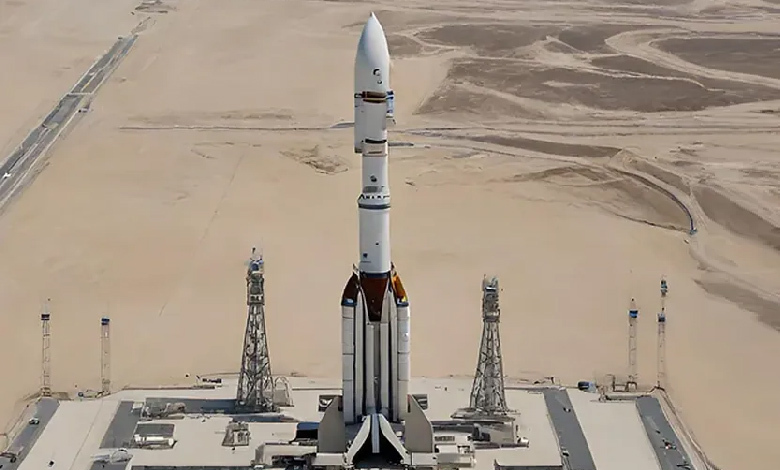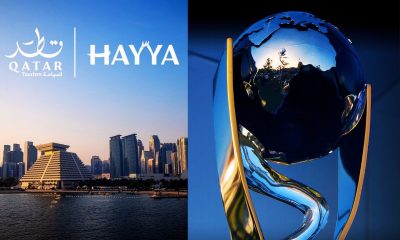Oman has laid out plans for the development of Etlaq Space Launch Complex, the first spaceport in the Middle East. It is designed to host all sizes of launch vehicles and is expected to meet US Federal Aviation Administration standards to attract global firms.
The National Aerospace Services Company (Nascom) is overseeing the commercial spaceport. It revealed the landmark plans at the Middle East Space Conference in the capital Muscat, more than a year after initially announcing the project.
Etlaq Space Launch Complex can boost region’s space economy
Speaking to The National, Nascom chairman Azzan Al Said said Etlaq is currently in the planning phase and development is expected to start by the middle of the decade, adding the spaceport is set to become completely operational by 2030.
He said the plan is for a large spaceport that can accommodate all sizes of launch vehicles. “It’ll comprise of three launch complexes, one which supports medium to large [rockets], another one that is small to medium, and one micro.”
Firms have considered the Middle East to launch their space tourism flights. But it appears US regulations restrict companies from exporting certain technology. Al Said said Nascom is ready to put efforts towards “removing that barrier” once it starts getting interest.
The addition of a spaceport is likely to substantially boost the region’s space economy. The US and Russia have the oldest spaceports, dating back to the 1950s. China is also emerging as a space power and India uses a space pad in Andhra Pradesh for its launches.
Oman an ideal location for space launches
The chairman also highlighted “Oman has a unique offering in terms of the inclination and the proximity to the equator.” The port’s positioning makes it an ideal location for launches as rockets can take advantage of the planet’s rotational speeds.
The only other port closer to the equator is the one in French Guiana. But it isn’t being considered as a direct competitor as it’s in a completely different hemisphere, he noted, adding Oman is “safer for launches to take place without putting people in harm’s way.”


















